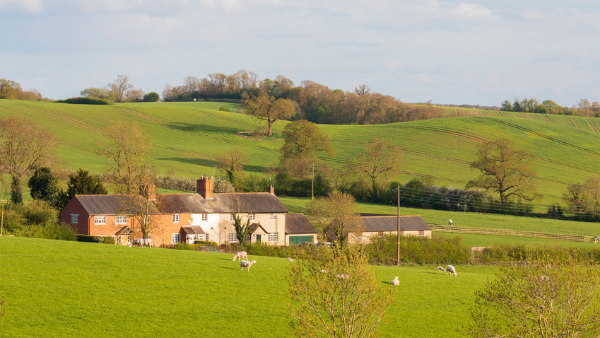Author
Ambiguous drafting of legal agreements can often lead to disputes over land. In the second of our articles on the construction of legal agreements (see previous article), we highlight the recent case of McGill v Stewart [2020] and consider the implications for interpretation and drafting of rights of way.
The case
The case concerned two neighbouring properties – Juniper Cottage owned by Mr McGill and Walnut Cottage owned by Mr and Mrs Stewart (“the Stewarts”). Both properties were served by a single, narrow private access lane.
The entire plot was previously owned by two brothers. When the two brothers first sold Walnut Cottage in 1993, the Deed of Transfer contained the following access rights:
”The right on foot and with or without private motor vehicles over and along the roadway running between the points marked A and B on the annexed plan subject to the Transferee contributing one third of the cost of maintaining such roadway”
It also contained covenants by the then purchaser:-
”Not to carry on or permit any trade business or profession on the property hereby transferred nor to do or permit anything thereon which may be or grow to be a nuisance or annoyance to the Transferors or the owners or occupiers of the adjoining lands.”
and
”To contribute one third of the cost of maintaining repairing and renewing the roadway…..”
Mr McGill alleged that there had been “longstanding misuse” of the lane by the Stewarts in the form of heavy plant, machinery, HGV lorries and also by vehicles other than “private motor vehicles”.
Mr McGill sought a declaration that the 1993 Deed of Transfer had been breached and that the true meaning of the right of way restricted the use to access by private motor vehicles “being those wholly owned by the Defendants on a private basis”.
The Stewarts’ argued that the wording provided that the property was to be used as a private dwelling and that only vehicles ‘used in connection with a non-domestic use’ of Walnut Cottage could not travel along the lane.
Decision
In reaching its decision, the Court commented that it had to “ascertain the objective meaning” of the language used. It determined that the expression ‘private motor vehicles’ in the right of way had to be construed to mean ‘vehicles using the lane for the purposes of the use of the private dwelling on this land’
The Court further held that the relevant test is that:-
“the purpose of the use is either the use of the dwelling as a private dwelling as such (e.g. arriving home from work or to visit the Defendants at home socially) or for access necessary to ensure the dwelling and the land on which it is situated remains able to be used as demised, ie as a private dwelling.”
Accordingly, it determined that all the usual access needed for maintenance and use of the Stewarts’ property as a private dwelling, which included access for (e.g.) repairs, deliveries (food, post etc), emergency medical access etc were consistent with the grant and wording of the Deed.
Use of the lane for purposes which were not necessary for the continued use of the Stewarts’ property as a dwelling, such as significant improvements, demolition and new construction, were not.
Implications
The case serves as a reminder of the importance of considering access rights when dealing with dispositions of land. Existing rights must be properly interpreted and understood and new rights of way must be clearly drafted to avoid disputes further down the line.
Equally, perhaps we should take note of the Judge in this case who remarked
“perhaps in constructing our places of residence we should learn from beavers and always build with more than one way in or out, because the single narrow lane and its use has become a source of dispute in this human context”.
Print article

